
The Minister for Fisheries and Aquaculture Development, Mavis Hawa Koomson, has disclosed that her ministry has provided employment for over 3 million Ghanaians.
This was disclosed during a Town Hall Meeting in Cape Coast that was organised by the Ministry of Information on Tuesday, October 15, 2024 where the Ministry highlighted the sector’s economic contributions and the various initiatives in place, to enhance its productivity.
According to the Minister, the fisheries sector plays a vital role in providing direct and indirect employment to support livelihoods across the country
The sector has contributed significantly to Ghana’s economy, accounting for 1.04% of the nation’s GDP in 2022.
Additionally, fish remains a crucial part of the Ghanaian diet, providing 60% of the animal protein consumed nationwide, with an average per capita consumption of 19-25 kg annually.
Marine Fisheries and Aquaculture
The Minister outlined that marine fisheries dominate the sector, accounting for 71% of Ghana’s domestic fish production, while inland fisheries contribute 16% and aquaculture contributes 13%.
Despite the challenges posed by overfishing and illegal practices, the government has been implementing measures to sustain fish stocks, including the Marine Fisheries Management Plan (2022-2026) and the recently enforced closed fishing season.
Aquaculture for Food and Jobs Initiative
Madam Hawa Koomson also highlighted the success of the Aquaculture for Food and Jobs (AFJ) initiative, which has so far trained over 9,500 beneficiaries across seven regions.
As part of the initiative, 5 million catfish fingerlings and 3,150 metric tons of fish feed have been distributed to support fish farming activities.
In education and infrastructure, the Central Regional Minister, Madam Justina Marigold Assan disclosed the construction of 350 new school facilities.
These include 222 basic schools and 128 Senior High and Technical Schools (SHS). The SHS and Technical school projects consist of 58 classroom blocks, 43 dormitories, three dining halls, three administration blocks, four assembly halls, six Libraries and ICT/Science Laboratories and additional facilities such as washrooms and infirmaries.
Beyond infrastructure, she continued that the government has also provided substantial logistical support to enhance the region’s education sector. Since 2017, various resources have been distributed, including a Land Cruiser Prado for the Regional Director of Education, 22 pick-up vehicles for district education directors, and 10 pick-up vehicles for heads of SHS and technical schools.
Additionally, 34 buses, 153 motorcycles for School Improvement Support Officers (SISOs) and 455 laptops have been distributed to schools under the Ghana Accountability for Learning Outcomes Project (GALOP).
Agenda 111 Healthcare Projects
In healthcare, the Central Regional Minister revealed that eight Agenda 111 projects are currently underway in various districts, including Assin North, Assin South, Gomoa East and Twifo Hemang Lower Denkyira.
These projects are part of a broader initiative to strengthen healthcare infrastructure across the Central Region, ensuring better access to medical services.
Road Infrastructure Development
Madam Assan further noted that the Central Region has also seen notable improvements in road infrastructure. Completed projects include the 31.2 km AssinFoso–AssinPraso Road, the dualization of the 30 km Kasoa–Winneba Road, and the 12.5 km Ojobi–Senya Beraku Road.
In addition, the rehabilitation of the Asikuma–Bedum–Besease Road, the construction of the TwifoPraso Bridge, and the reconstruction of the Essaim–Assin Manso Road have further enhanced transport connectivity.
Additional road improvements have been made in Dunkwa, Awisem, Cape Coast and Kasoa, with bitumen surfacing and asphaltic overlays improving access and easing transportation challenges across the region.
Water and Sanitation Achievements
In terms of water and sanitation, the region has made notable progress, with the construction of 2,195 boreholes benefiting over 1.7 million people in rural areas.
Furthermore, 261 CCTV cameras have been installed in key locations to bolster security, feeding live data to the Regional Police Headquarters.
Energy and Lighting Initiatives
To enhance public safety and visibility, the Minister said 58,575 streetlights have been distributed throughout the region.
These streetlights, which range from 6 to 150 watts, have been sourced from the District Assembly Common Fund and the Ministry of Energy, significantly improving lighting in public spaces.
Elmina Fishing Port Rehabilitation
The rehabilitation of the Elmina Fishing Port, according to her is another key project that has been undertaken in the region. The renovation includes the construction of sheds, toilets, an administration block, and a fish market.
She explained that this project is aimed at boosting the economic livelihood of eight coastal districts by supporting the fishing industry, which plays a crucial role in the region’s economy.
Market and Economic Development Projects
Efforts to improve market infrastructure have also been fruitful, Madam Assan stated. Key developments, she outlined include the construction of 60 lockable shops at the Mandela Market in Agona West, the Integrated Bulk Market in Mankessim, and pavement works at Kasoa Old Market.
These upgrades, she believed, have boosted commercial activities, while the BizBox programme has trained 539 young entrepreneurs in business skills. Additionally, over 1,500 youths have received grants and start-up kits to support their entrepreneurial ventures.
The post Fisheries MinistryCreates 3m Jobs appeared first on The Ghanaian Chronicle.
Read Full Story
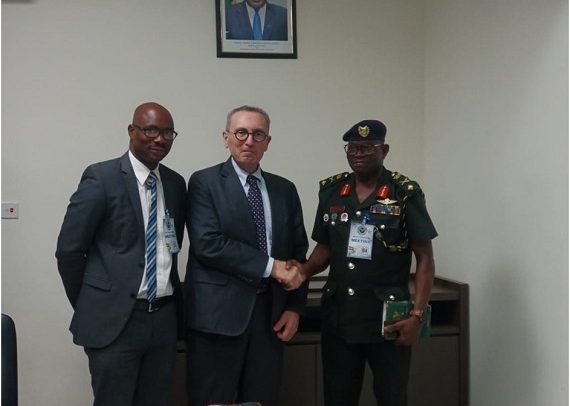

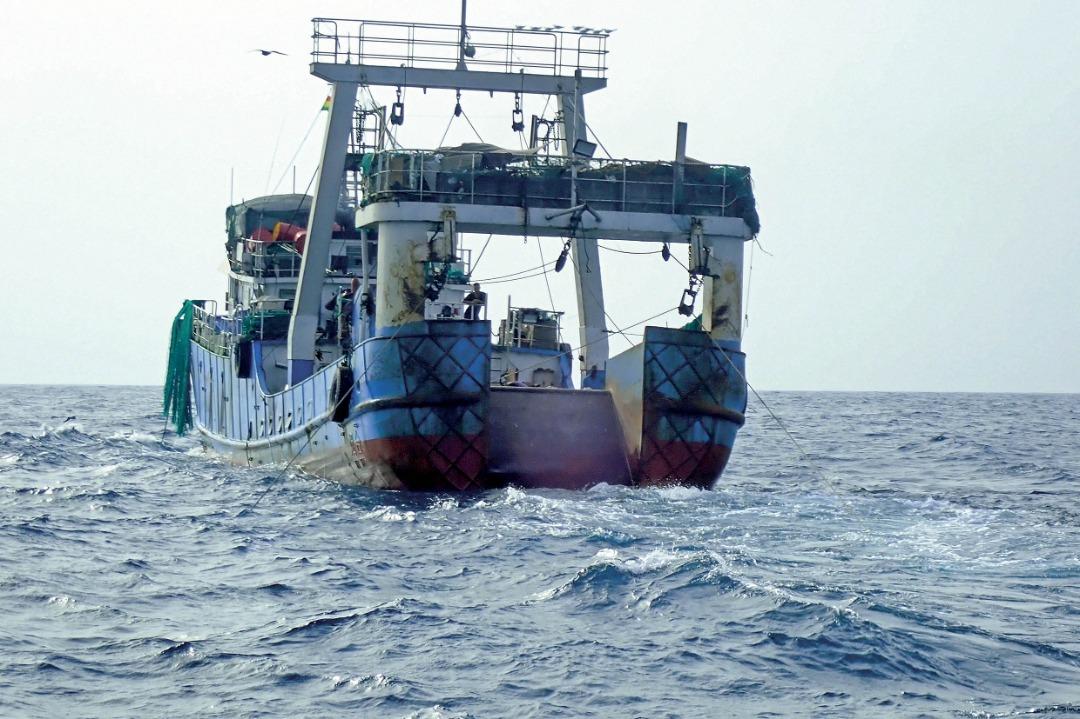





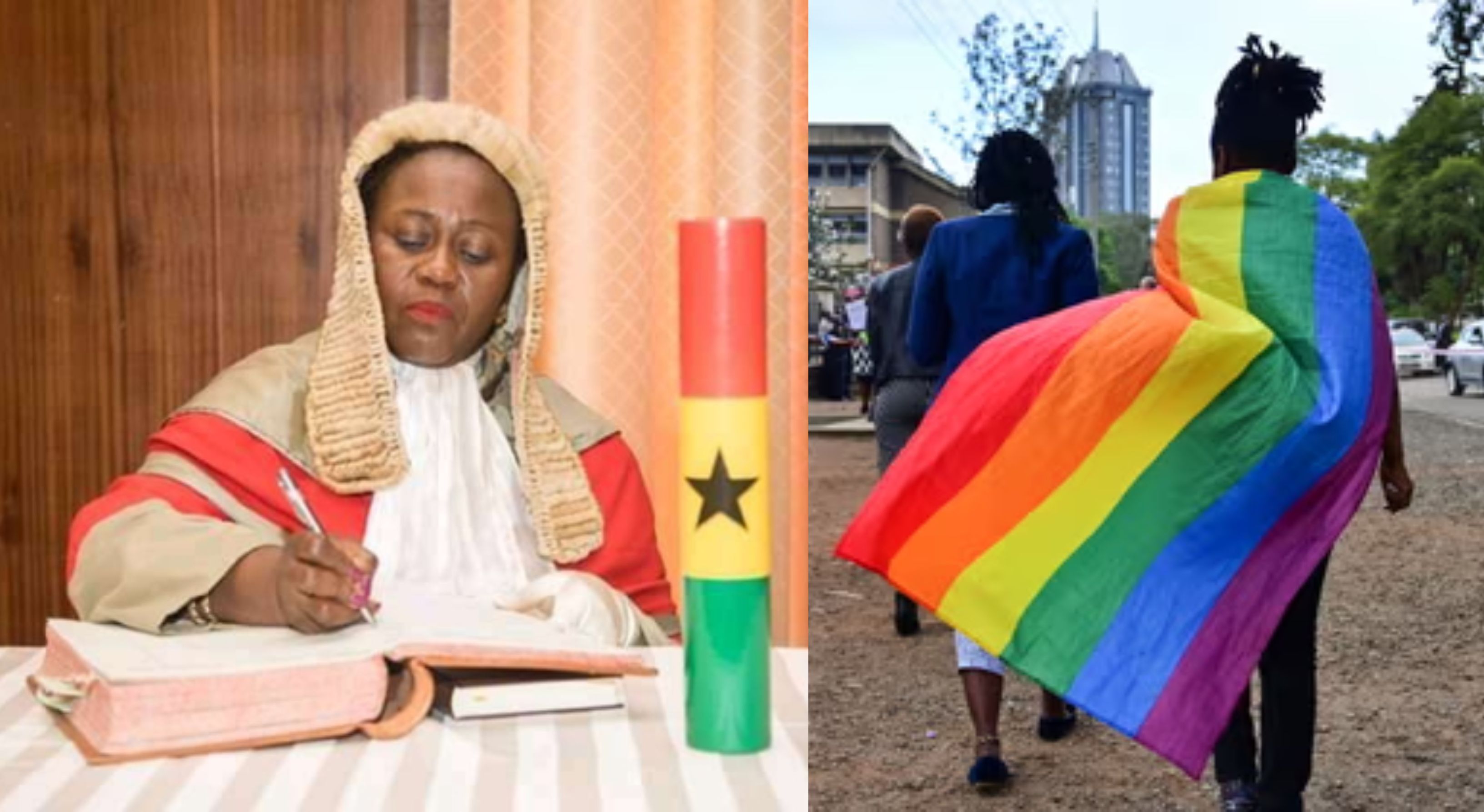
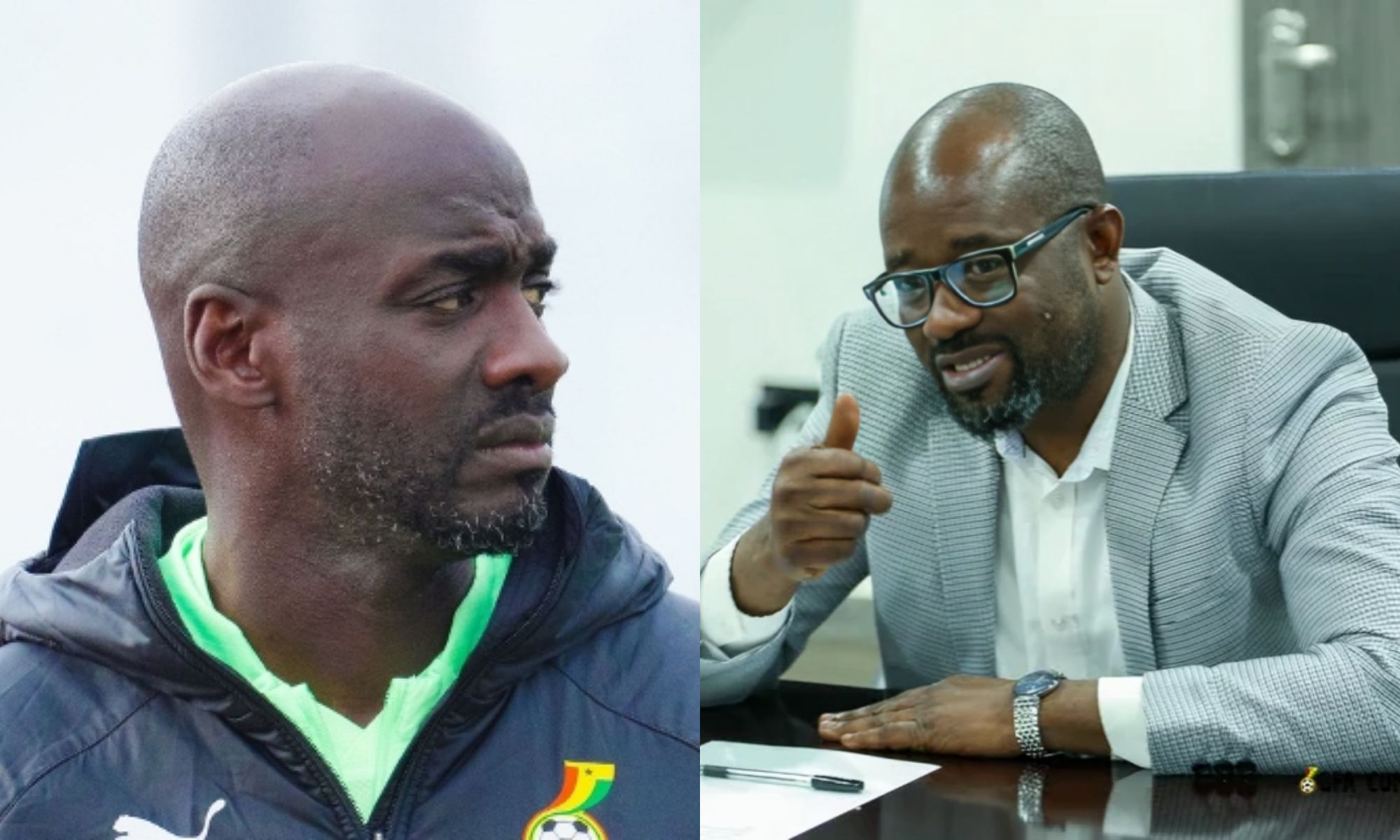
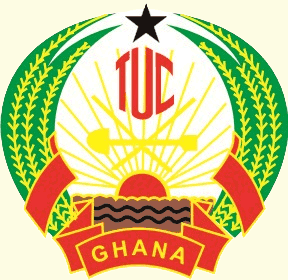

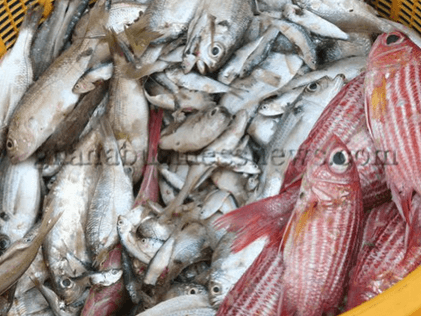
Facebook
Twitter
Pinterest
Instagram
Google+
YouTube
LinkedIn
RSS